Kraków 2014-12-12
Military airport in the 70s of the twentieth century.
Car fuel dispensers.
There was no flight without fuel. Vehicle fuel dispensers are one of the most important vehicles in the flight organization system. This is the basic equipment that guarantees the performance of any flights. In the aviation regiments there were fuel and lubricant depots, called MPS (Propellant and Lubricants). Just like the Car Park, MPS was a separate zone of the unit. They had an additional own fence and an additional night guard. There was a gate leading to the grounds. MPS usually had their own railway sidings, as most of the fuel was transported by rail tank cars. There were fuel tanks in different numbers and sizes in the MPS area. Their construction and method of assembly were different. Mostly cylindrical horizontal or redo. There were underground and above-ground tanks. The latter were placed in excavations and surrounded by earth embankments with crowns above the reservoirs. There was a chemical laboratory on the premises of MPS, where the quality of fuels, oils and lubricants was controlled. Due to the specificity, MPS had its own fleet of vehicles, consisting of tank trucks, auto-distributors and tank trailers. And just like in the Car Park, some vehicles had places in garages or sheds. The rest was under the cloud.
The fuel must be brought to the aircraft and transferred from the tanker to the aircraft's tanks. Therefore, a tanker truck alone is not enough. A distributor is needed. The basic elements of the dispenser are filters, a pump, a flow meter (fuel meter), a pipe system and a flexible hose (pipeline) with a suitable end for connection. For non-pressurized refueling, it is a gun. For pressure refueling, the connector is tight and equipped with a special lock that fits the connection on the aircraft. For military use, all necessary components were mounted on a car chassis. In the 1950s, these were only sets of Soviet production. The first cars were GAZ-51 distributors. Then, around 1955, fuel dispensers on the chassis of ZIS-151, ZIS-157, ZIL-164 cars appeared. Their tanks had a capacity of 2,500 - 5,000 liters.
In 1960, the first Polish heavy truck called Żubr was launched in Jelczańskie Zakłady Samochodowe. On its basis, the production of auto-tanks and auto-distributors-tanks was started for the needs of the Polish Army. This car was a big technological advancement. The auto-distributor is equipped with a large tanker with a capacity of 9,000 liters. A little later, a car set was developed, where a tanker trailer with a capacity of 10,000 liters was attached to the Żubr auto-distributor. Both tankers were connected by a flexible hose. Thanks to this solution, the set carries 19,000 liters of fuel. In 1968, the production of the JELCZ 300 series truck based on the Żubr vehicle was launched. Auto-distributors were also built on the basis of this vehicle. These vehicles completely replaced CCCP auto-distributors. They were the most popular auto-distributors in the Polish Army in the 70s/80s.


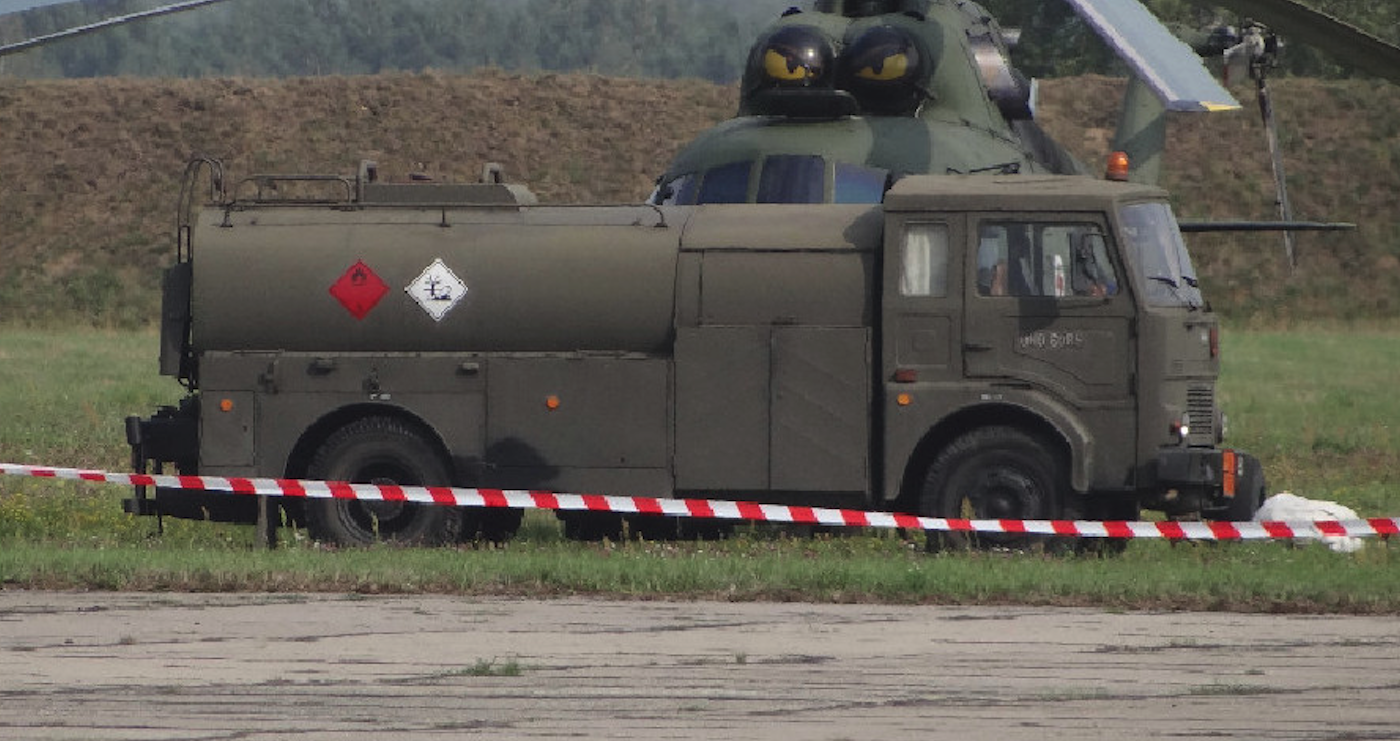

Aircraft towing.
In the discussed period, there were no specialized vehicles for moving aircraft in the Polish Army. All small propeller-driven aircraft and all PZL Lim family aircraft were moved manually. Unless the plane had to be taxied to a distant hangar for repairs. The situation changed after the introduction of the MiG-21 and Su-7 aircraft into service. URSUS tractors and ZIL and STAR trucks were used for taxiing. Most often, these were STAR-66 cars, and later STAR-266. As for the MiG-21 fighters, there were still situations where the planes were pushed manually over short distances. URAL cars with built-in starting units or other specialized equipment were also used to tow aircraft.
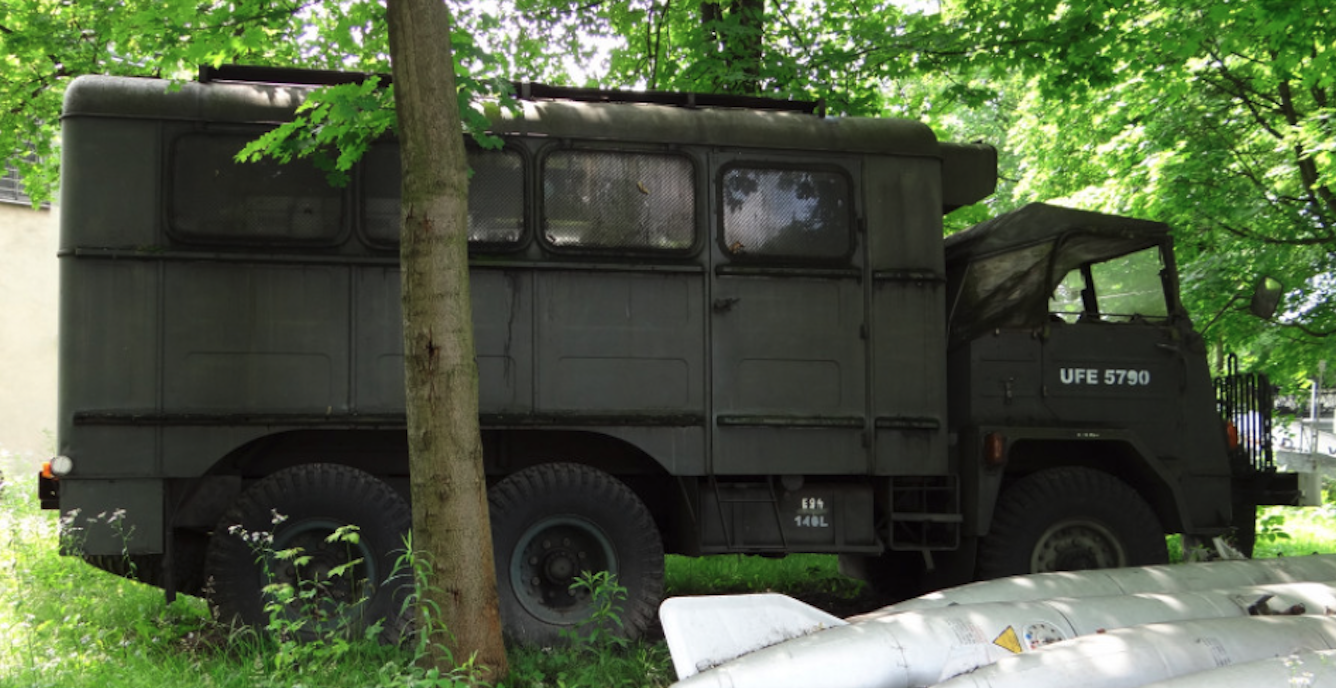
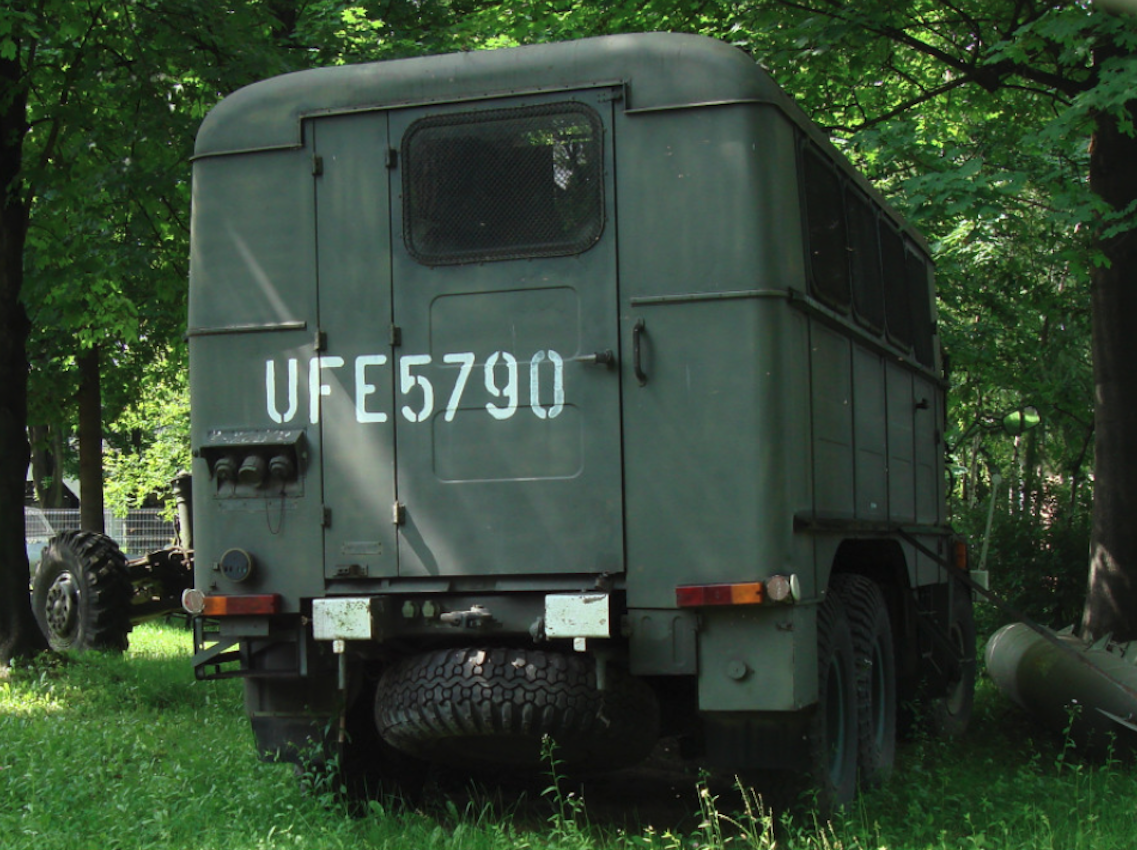
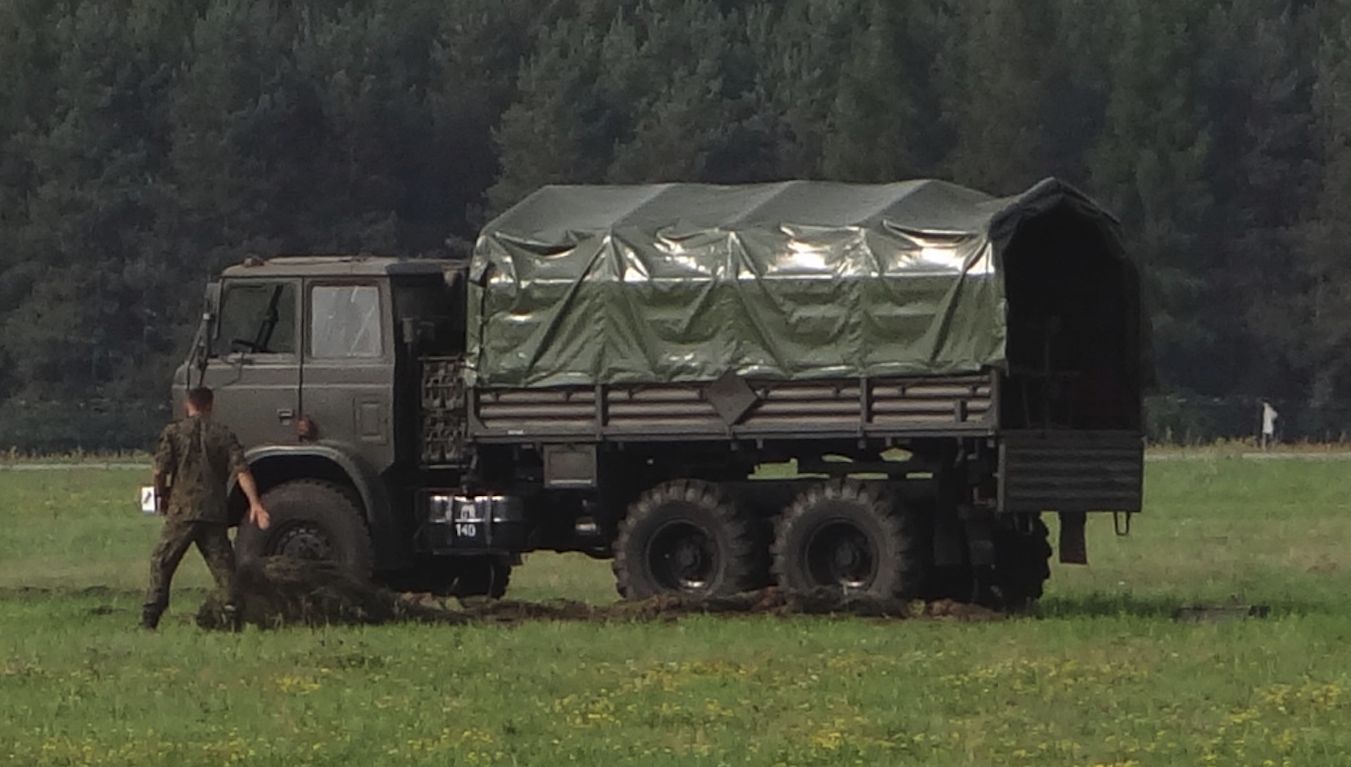
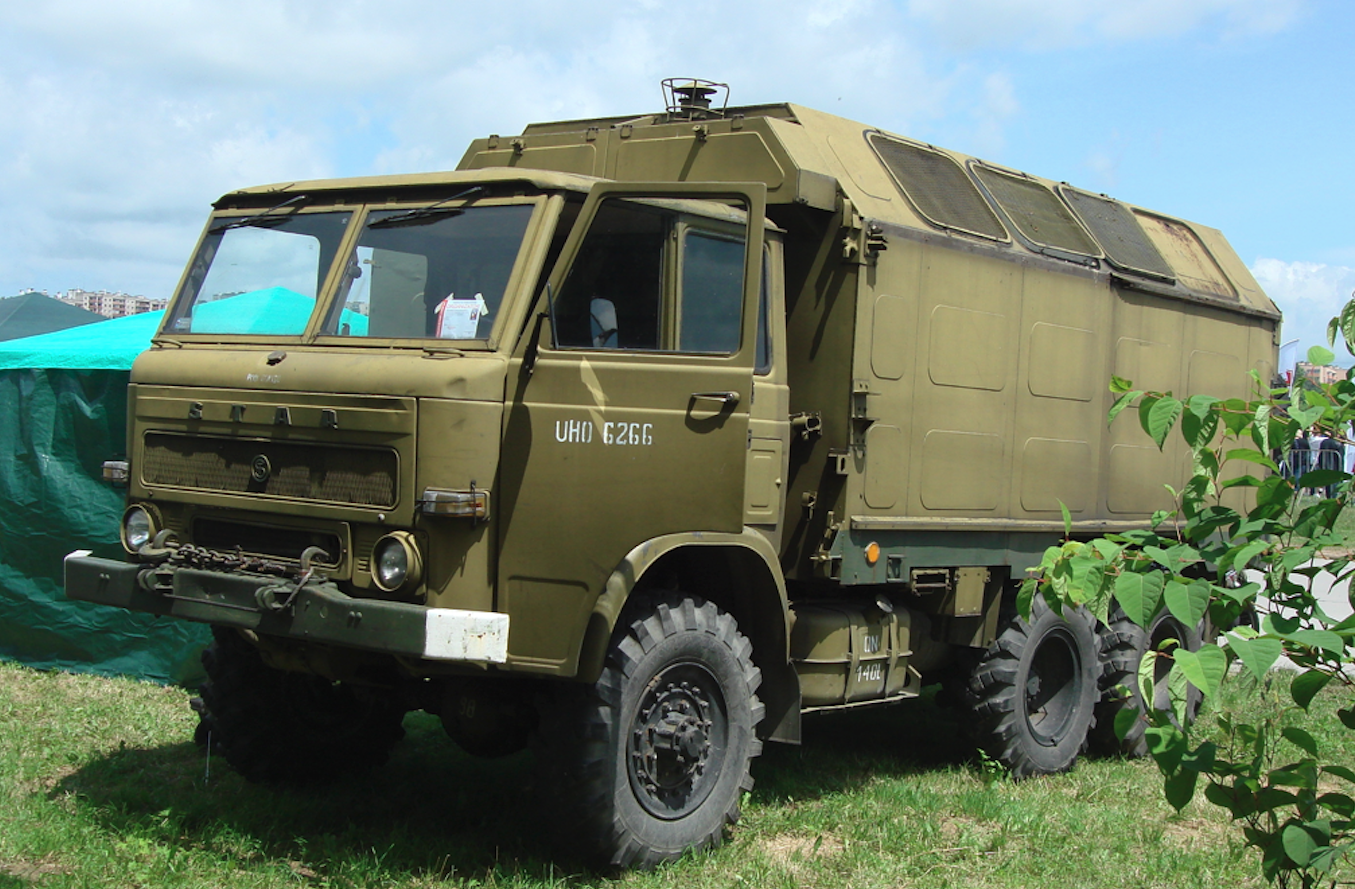
Written by Karol Placha Hetman
